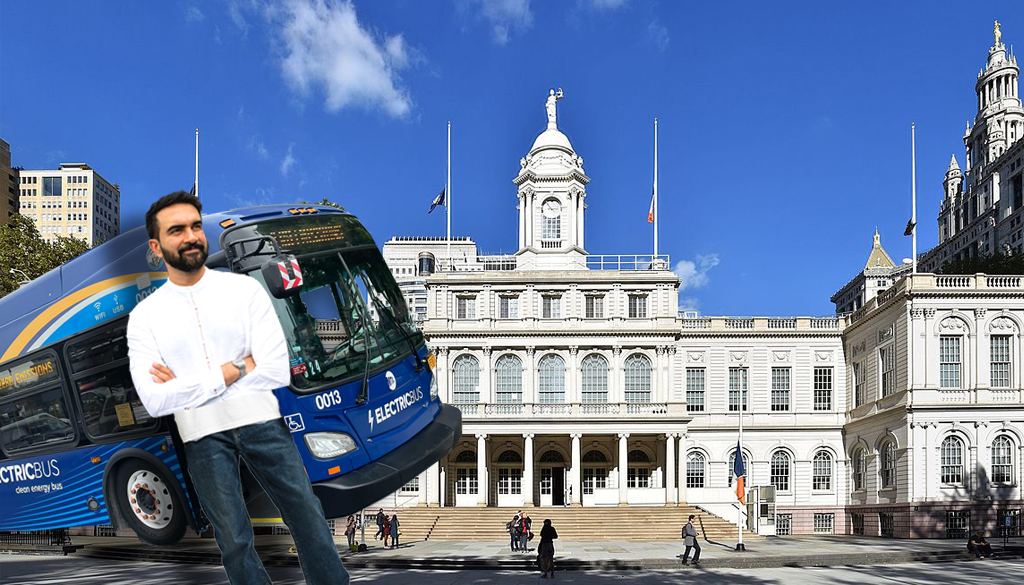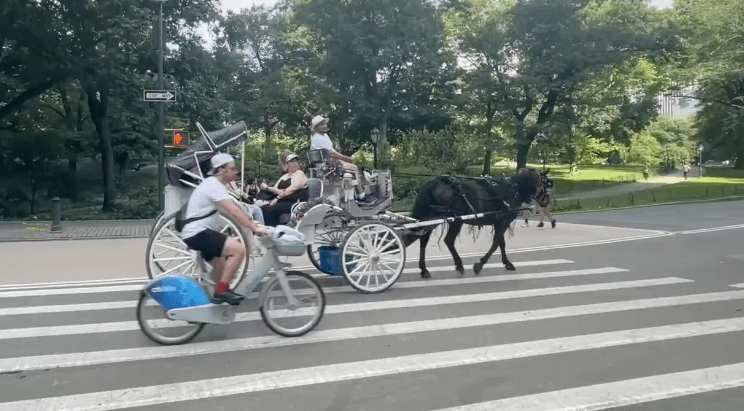 At about the same time that Times Square went car-free, DOT released its Street Design Manual, a mammoth document that "provides policies and design guidelines...
At about the same time that Times Square went car-free, DOT released its Street Design Manual, a mammoth document that "provides policies and design guidelines...
for the improvement of streets and sidewalks throughout the five
boroughs." It's not as sexy as the Naked Cowboy in a pedestrian plaza, but I would be hard-pressed to overstate its significance.
New York City's streets are shaped by a bewildering array of public agencies and private entities. The design manual is a serious attempt to nudge all these players toward greater safety, accommodating non-automotive modes, and all that good stuff we lump together as "livable streets." If its guidelines are adopted as DOT envisions, the effects will reverberate beyond DOT and outside city government. New Yorkers will get better streets, delivered faster.
This morning, the AIA's Center for Architecture hosted a forum where DOT's Margaret Newman and Mike Flynn explained what's in the document and how to use it. Judging by the crowd of about 75, the design manual has generated a lot of interest from local planners, architects, landscape architects, and transportation engineers. Seats were packed and extra chairs had to be brought out.
Flynn stressed that the manual lays out guidelines, not mandates, and that it will evolve over time. Significantly, it includes the new treatments we've seen on New York City streets in the past two years, like separated bike lanes, and some we have yet to see, like shared streets and separated busways. Many of these ideas, gleaned from other cities, are designated as "pilots," meaning that we won't see them pop up all over town in the next few years. But the fact that these new treatments appear in the city's official reference guide to street design is encouraging. Gordon Meth, a transportation engineer who heads the traffic division at the RBA Group, put it well in a roundtable session that followed DOT's presentation. "A lot of people in my profession don't want to do anything that's not in a book," he said, "so this is a very good thing for us."





